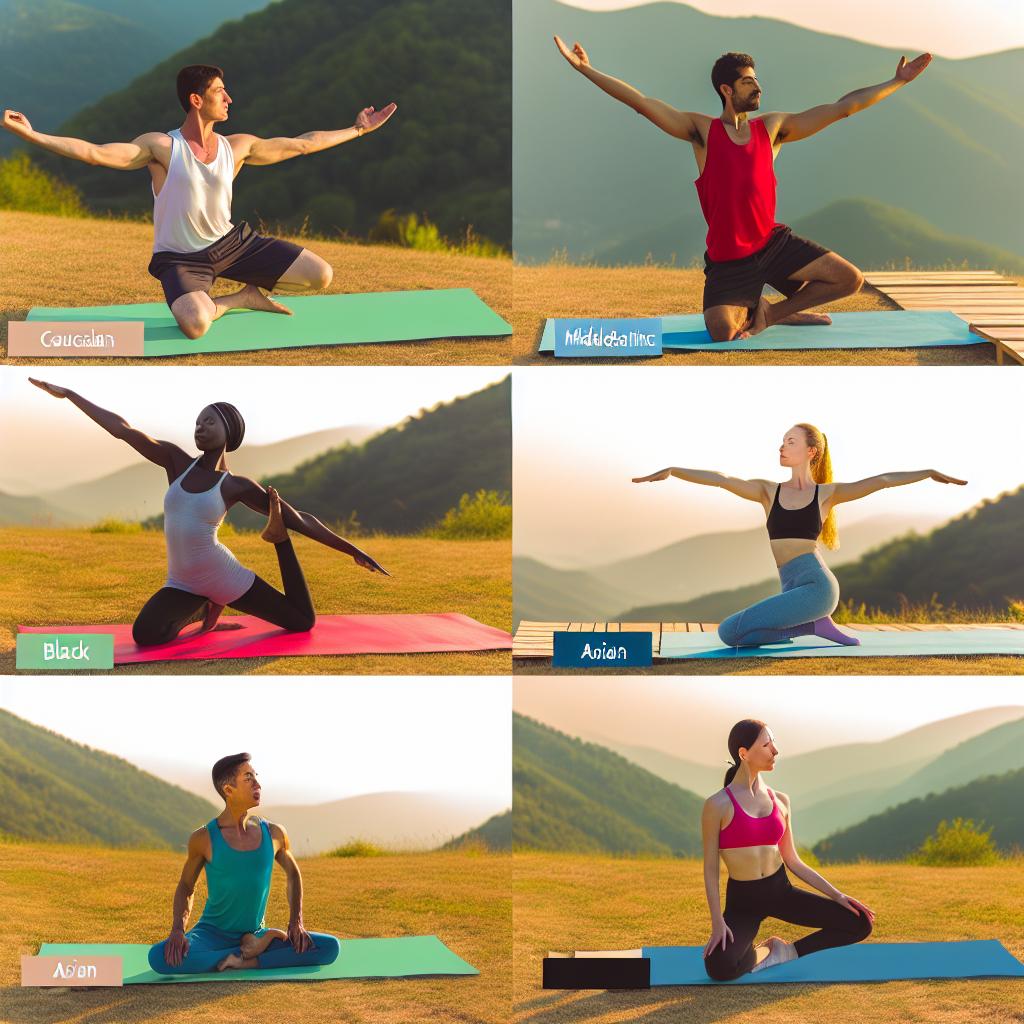Yoga for Better Balance and Coordination
Introduction to Yoga for Balance and Coordination
Yoga has long been recognized as a valuable practice for improving physical health and mental well-being. Among its many benefits, yoga is particularly effective for enhancing balance and coordination. These skills are essential for daily activities and can help prevent falls and injuries. In this article, we will explore how yoga improves these abilities and offer guidance on incorporating relevant practices into your routine.
The Importance of Balance and Coordination
Balance and coordination are vital components of physical health. Good balance helps maintain stability when performing daily tasks, while coordination ensures the smooth, efficient movement of your body. As we age, these skills can decline, increasing the risk of injury. Incorporating yoga into your routine can help maintain and even improve these capabilities.
How Yoga Enhances Balance and Coordination
Yoga improves balance and coordination through various mechanisms:
1. Strengthening Muscles: Yoga poses often require the engagement of multiple muscle groups, which builds strength and stability. For instance, poses like the Tree Pose and Warrior III are excellent for enhancing lower body strength.
2. Enhancing Proprioception: Proprioception—the awareness of one’s body in space—is crucial for balance. Yoga helps improve this sense by requiring focus and alignment in each pose.
3. Improving Focus and Concentration: Yoga practice often involves deep concentration and mindfulness, which helps enhance coordination and the ability to maintain balance.
Key Yoga Poses for Balance and Coordination
Several yoga poses are particularly effective for developing balance and coordination:
Tree Pose (Vrikshasana)
The Tree Pose is one of the most well-known balancing poses in yoga. It helps strengthen the legs and core muscles, improving stability.
To perform the Tree Pose, stand on one leg and place the foot of the other leg on the inner thigh. Maintain a straight posture, and bring your hands together in a prayer position in front of your chest.
Warrior III (Virabhadrasana III)
This pose strengthens the legs, core, and back while enhancing balance.
Begin in a standing position, then lean forward, lifting one leg behind you while extending your arms forward. Keep your torso parallel to the floor.
Eagle Pose (Garudasana)
The Eagle Pose develops balance and coordination and increases flexibility in the shoulders and hips.
Wrap one leg over the other while standing, and bring your arms in front, wrapping one over the other. Stay balanced while maintaining the pose.
Resources for Further Practice
For additional guidance on practicing yoga for balance and coordination, consider exploring online yoga platforms that offer detailed instructions and videos. Websites such as Yoga Journal and DoYogaWithMe provide valuable resources for both beginners and advanced practitioners.
Conclusion
Incorporating yoga into your routine is an effective way to improve balance and coordination, which are essential for daily activities and overall physical health. By regularly practicing targeted poses like Tree Pose, Warrior III, and Eagle Pose, you can enhance your stability and prevent potential injuries. For additional support, consider utilizing online resources to guide your practice and track your progress.
